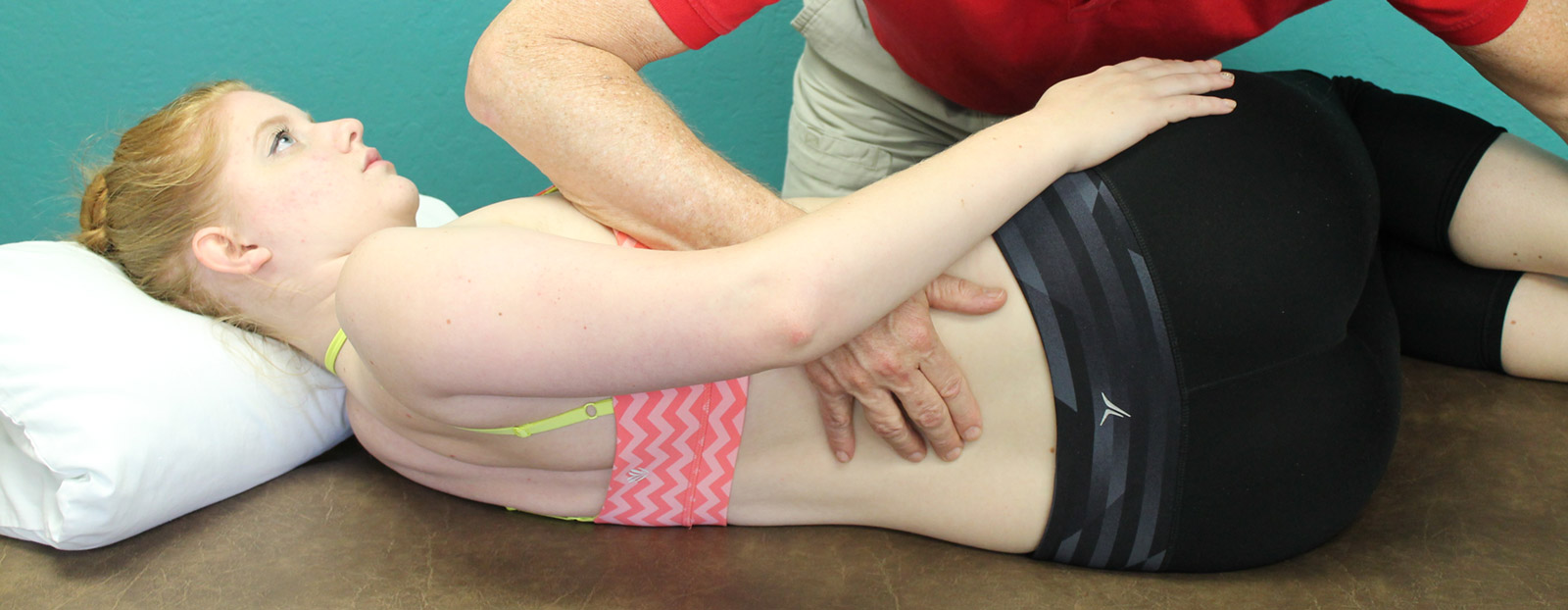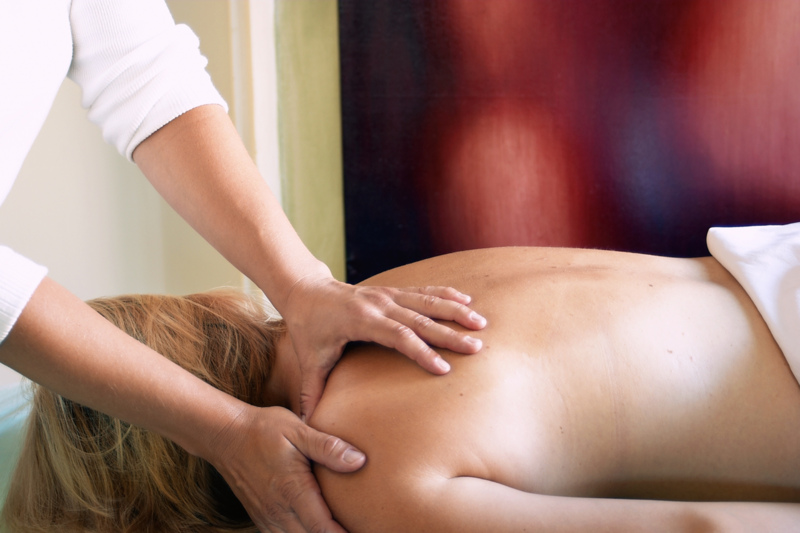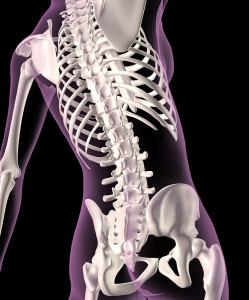Treatment of the Thoracic Spine to Relieve Neck and Low Back Pain
by , November 25, 2011
Several years ago, a colleague of mine did an informal study in her physical therapy practice to find out what region of the body most commonly had the severest restrictions. What she found was that the thoracic spine and rib cage were the areas she most frequently found restricted and that when these areas were worked on to gain more flexibility and muscle relaxation, neck or low back pain resolved much more speedily. (The thorax is defined as that part of the body between the base of the neck and the diaphragm or breathing muscle which is located in line with the lower ribs.)
This conclusion should not be surprising. The thoracic region is a cage of sorts with the purpose of protecting the vital and life giving organs of the heart and lungs within it. It has a structure that forms a foundation for some of the muscle attachment of the arms and neck. The respiratory diaphragm is a large muscle traversing horizontally across the floor of the thoracic cage. Piercing through and right behind this primary breathing muscle are: the aorta carrying blood from the heart to the rest of the body and the inferior vena cava returning blood to the heart. As the diaphragm rises and falls with breathing, it pumps the blood vessels which pass through and behind it. The esophagus also pierces the diaphragm.
An important muscle group starts at the spine, level with the bottom of the diaphragm and crosses the hip joint into the legs. This muscle is the Ilio-Psoas. The diaphragm itself attaches onto the lumbar spine. So structures from the thoracic region can affect leg and spine movement as well.
If movement is restricted in any part of the thorax, the ribs are no longer free to lift and descend with each breath; so respiration is shallower and requires more effort and the diaphragm cannot fully perform its function of expanding the lungs or pumping the large vessels to assist blood flow. We become more stiff and solid through the entire region. Physical therapy treats the muscles, joint and fascia which ‘hold together’ this protective cage while allowing it to move.
The thoracic cage is also integral in expression of emotion. We instinctively protect not only our physical being but our emotional vulnerability too. We respond to emotions such as fear, grief, shame and depression by a posture of drawing in and holding our breath. Try putting yourself into a posture of feeling depressed or fearful and see what happens to your breathing. These instinctive postures all involve the thorax.
The thorax is easily disposed to hold tension. As a result not only our movements but also some of our vital functions are restricted. This is why we often work on this area area using manual therapy techniques, even if the person presents with pain far distant from the thoracic region.







